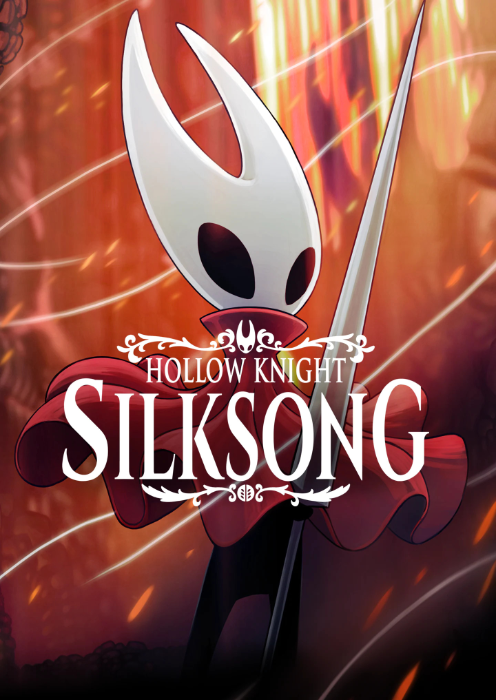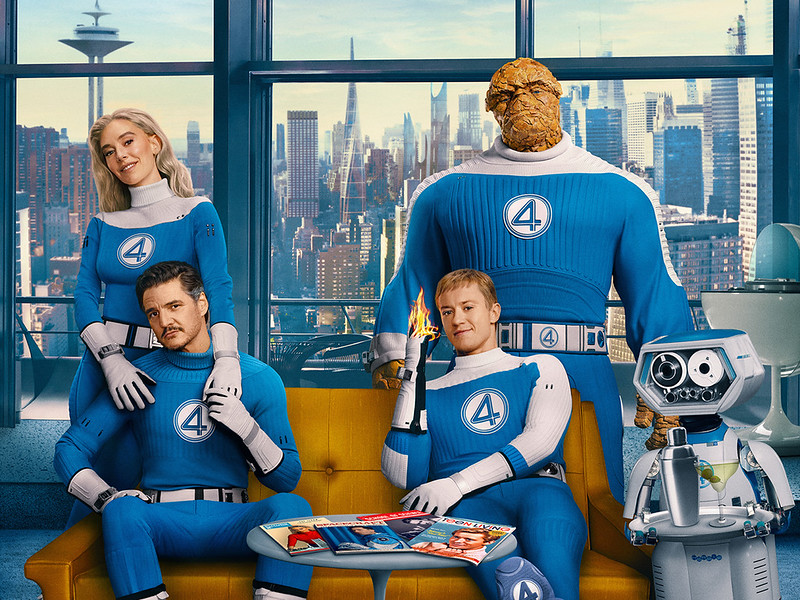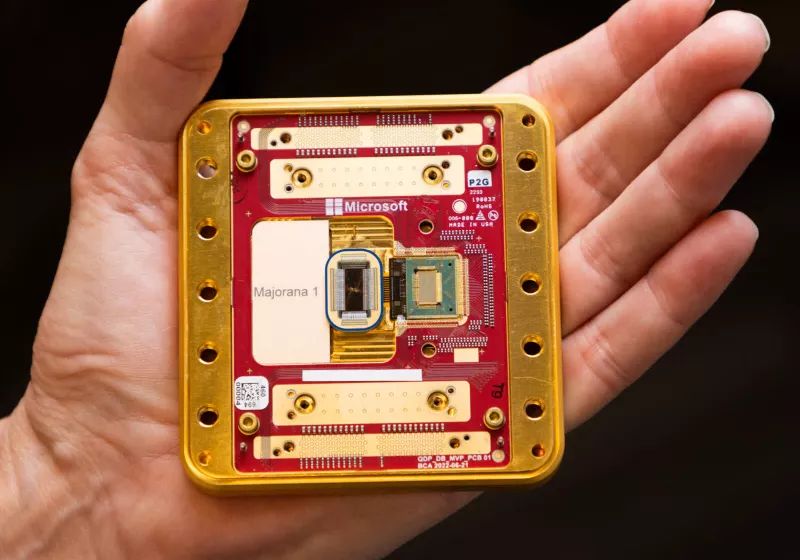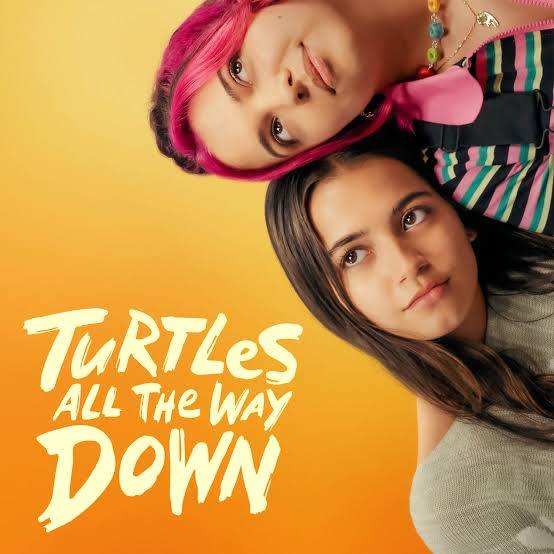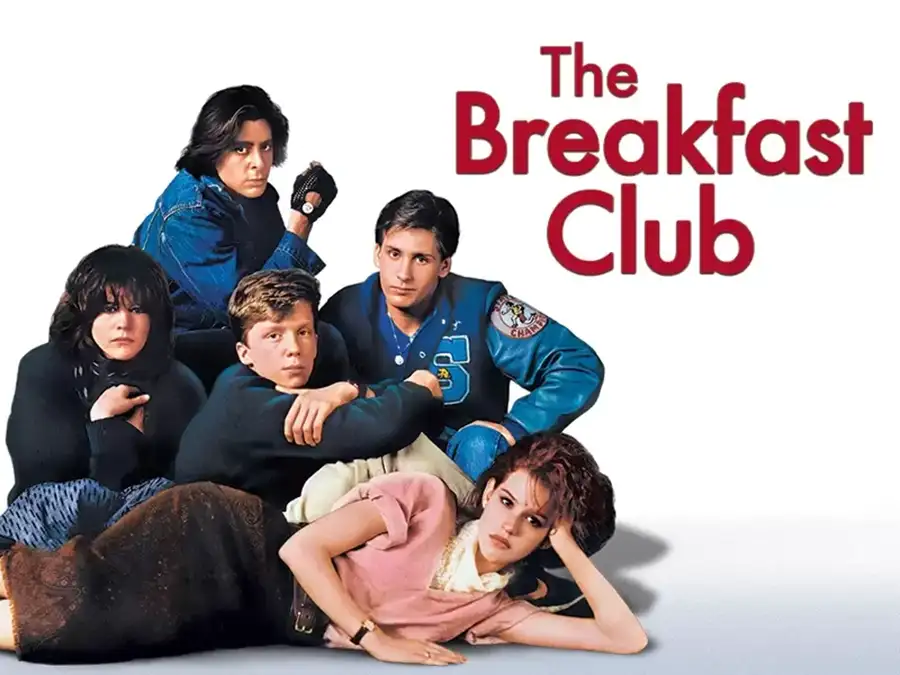On Sept. 4, the roguelike dungeon crawler video game “Silksong” was released. The long-awaited sequel to the beloved 2017 game “Hollow Knight” became the talk of the internet for weeks.
Many people do not understand the history behind “Silksong” and the importance it has for the future of gaming. It is not an exaggeration to say that it may be the most important game to release so far this decade.
“Silksong” was first announced on Feb. 14, 2019, and it was initially proposed by the game’s developers, Team Cherry, as a downloadable content (DLC) for “Hollow Knight” instead of a complete sequel. However, hardly any new information about “Silksong” was revealed in the five years after that.
The next time that major information was revealed about “Silksong” was in August 2025, when Team Cherry revealed footage of the new fully developed game and announced the release date and that the game would be available on gaming platforms such as Xbox, Steam, PlayStation and Nintendo Switch 2.
Upon the game’s release, it was met with overwhelming praise for a multitude of reasons. The first and most obvious reason why the game was praised is because it is good. “Silksong” feels like a natural evolution from “Hollow Knight” in terms of difficulty, gameplay, graphics and storyline. It feels, looks and sounds like something deserving to be the sequel to one of the most acclaimed games of all time.
However, it would not have been enough for Team Cherry to release one of the best and most anticipated sequels ever made. They also went as far as only charging $20 on all platforms to play the game. In an era when video games are costing increasingly more, with large developers like Nintendo and Rocket Games charging upwards of $80 to $100 for their new games, an independent developer like Team Cherry only charging $20 for such a popular game is almost revolutionary.
“Silksong’s” success may result in a shift in the industry. Large developers may see the numbers that “Silksong” is making and take it as a sign that gamers want something different than what they have been given. Think of it this way. “Silksong” has sold six million copies across all platforms. The recent “Mario Kart World,” which was a launch title for the highly anticipated Nintendo Switch 2, has only sold 5.63 million copies. I reiterate, an indie game developed by a team of three people has sold more copies than the latest installment in a game series that has been popular since 1995 – whose previous installment was the sixth-highest selling video game of all time.
If triple A developers see “Silksong’s” success as a sign that they need to change, gamers can expect more unique games with distinct styles that challenge what they can expect from a genre. Large development studios with bountiful amounts of funding can start providing for smaller developers to assist them in making their unique visions instead of just recycling the same idea that has worked in the past. It is honestly exciting and gives a lot of hope for the future of gaming.


